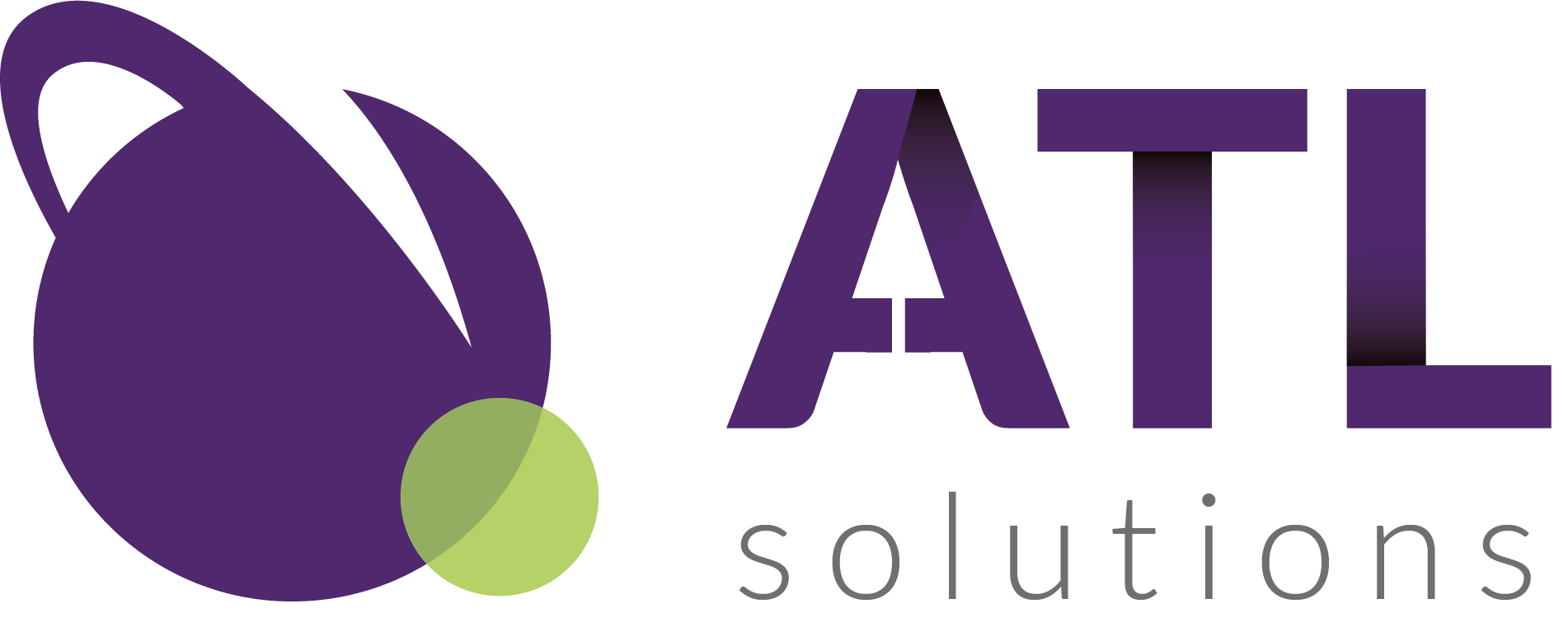Every year, July hits and your business rhythm changes.
Some of the team are away. Some are in but stretched. Everyone’s inbox is a little slower, and meetings seem harder to schedule. Progress on big projects slows, sometimes stalls.
But that doesn’t mean your business has to grind to a halt.
Instead of fighting the shift, build a Summer Mode Plan a way to keep moving at a realistic pace, with clearer priorities and smoother workflows.
Step 1: Audit What Actually Needs Doing
Start with a quick business triage.
- Which projects or decisions are urgent and can still progress?
- Which ones depend on people who are away?
- What tasks often get side lined during busier months?
Label your tasks accordingly:
- Can move now
- Can wait, but revisit by [DATE]
- On ice until [NAME] returns
This gives you a realistic view of what’s possible, rather than setting yourself up for frustration.
Step 2: Reframe Summer as Strategy Time
Once you’ve lightened the load, fill the gap with valuable, lower pressure work the kind that benefits the business but rarely gets time when everything’s go-go-go.
Here are some Summer Mode classics:
- Internal process reviews (what’s clunky or unclear?)
- Systems tidy-ups (file structure, naming conventions, template libraries)
- Soft testing (trial new tools or internal changes without the big rollout)
- Feedback gathering (from staff, customers, partners)
It’s a bit like prepping the stage before the September spotlight.
Step 3: Adapt Your Communication Habits
July is not the time for long meetings. Instead, shift into lighter communication.
Try:
- A weekly “Summer Summary” email or channel update
→ What moved this week? What’s on hold? Any blockers? - Shorter, less frequent check-ins
→ 10–15 mins max, work out the priorities of each member of the team and see if any guidance or support is needed. - Shared “While You Were Out” tracker
→ So returning team members can catch up quickly
Step 4: Get ahead on your September Planning
Use July and August to shape what comes next without needing to decide everything now.
Book 1–2 sessions with core team members to:
- Capture what’s working now
- List known autumn priorities
- Spot any likely capacity gaps or overlaps
- Prep resources in advance
That way, you hit September with a sense of calm and readiness instead of scrambling to catch up.
Final Thought:
Businesses that work with the OOO rhythm, instead of fighting against it stay calmer, smarter, and more connected year-round.
If you’d like help designing a workflow that runs smoothly even when the team’s away, we can help.
👉 Get in touch with ATL here.

